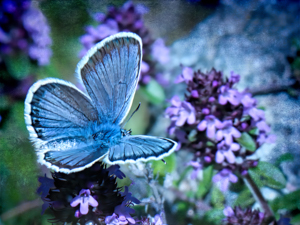Mantra 5
*** Read Part 5 ***
यत्र सुप्तो न कञ्चन कामं कामयते न कञ्चन स्वप्नं पश्य्ति तत् सुषुप्तम्।
सुषुप्तस्थान एकिभूतः प्रज्ञानघन एवानन्दमयो ह्यानन्दभुक् चेतोमुखः प्राज्ञस्तृतीयः पादः॥ ५॥
yatra supto na ka~nchana kAmaM kAmayate na ka~nchana svapnaM pashyati tat suShuptam |
suShuptasthAna ekibhUtaH praj~nAnaghana evAnandamayo hyAnandabhuk chetomukhaH prAj~nastRRitIyaH pAdaH || 5 ||
tat suShuptam – That (is called) the deep-sleep state
yatra supto – in which the sleeper
kAmyate na ka~nchana kAmaM – desires nothing (not any desired objects)
na pashyati ka~nchana svapnaM – nor sees any dreams.
tRRiitIyaH pAdaH – The third aspect
prAj~naH – (is called) ‘the one who knows or understands’,
suShuptasthAna – the state of deep sleep.
ekibhUtaH – (In this state), everything is undifferentiated (literally ‘one element’),
praj~nAnaghana eva – just a homogenous mass of Consciousness
AnandamayaH – full of bliss,
hi Ananda bhuk – indeed the ‘enjoyer’ of bliss.
chetomukhaH – (Literally) it is the one whose mouth is intelligence.
The third aspect of the Self is prAj~na. This is the deep-sleep state in which one neither desires anything nor sees any dream. Everything is undifferentiated; simply blissful Consciousness alone, gateway to the other two cognitive states.
Continue reading

 Okay, here is your starter for 10 – your time starts now! (If you’re not familiar with this phrase, it relates to the quiz show ‘University challenge’, which was on British television for many years.)
Okay, here is your starter for 10 – your time starts now! (If you’re not familiar with this phrase, it relates to the quiz show ‘University challenge’, which was on British television for many years.)